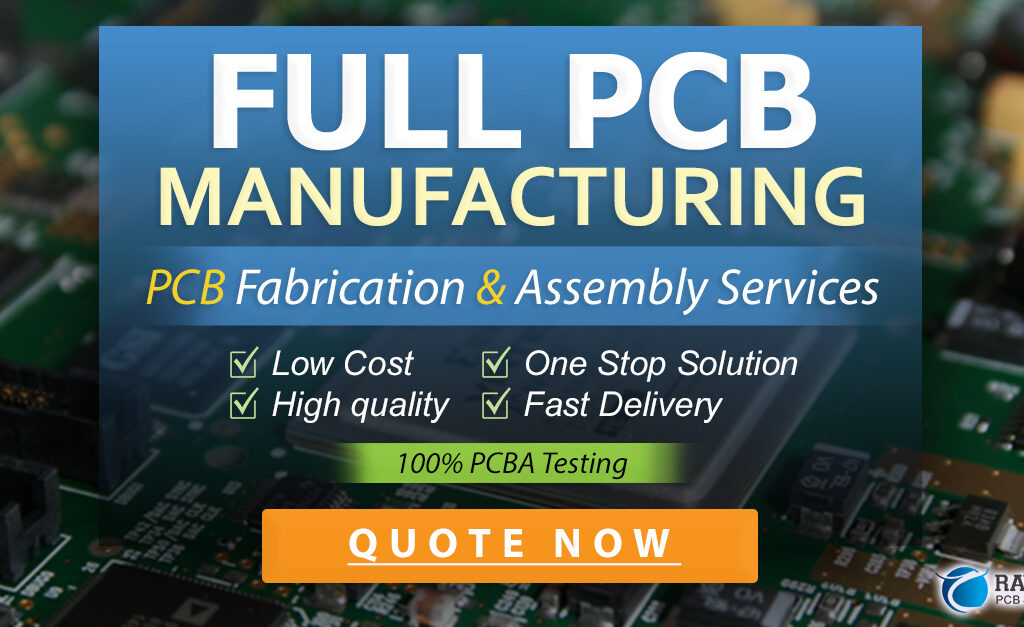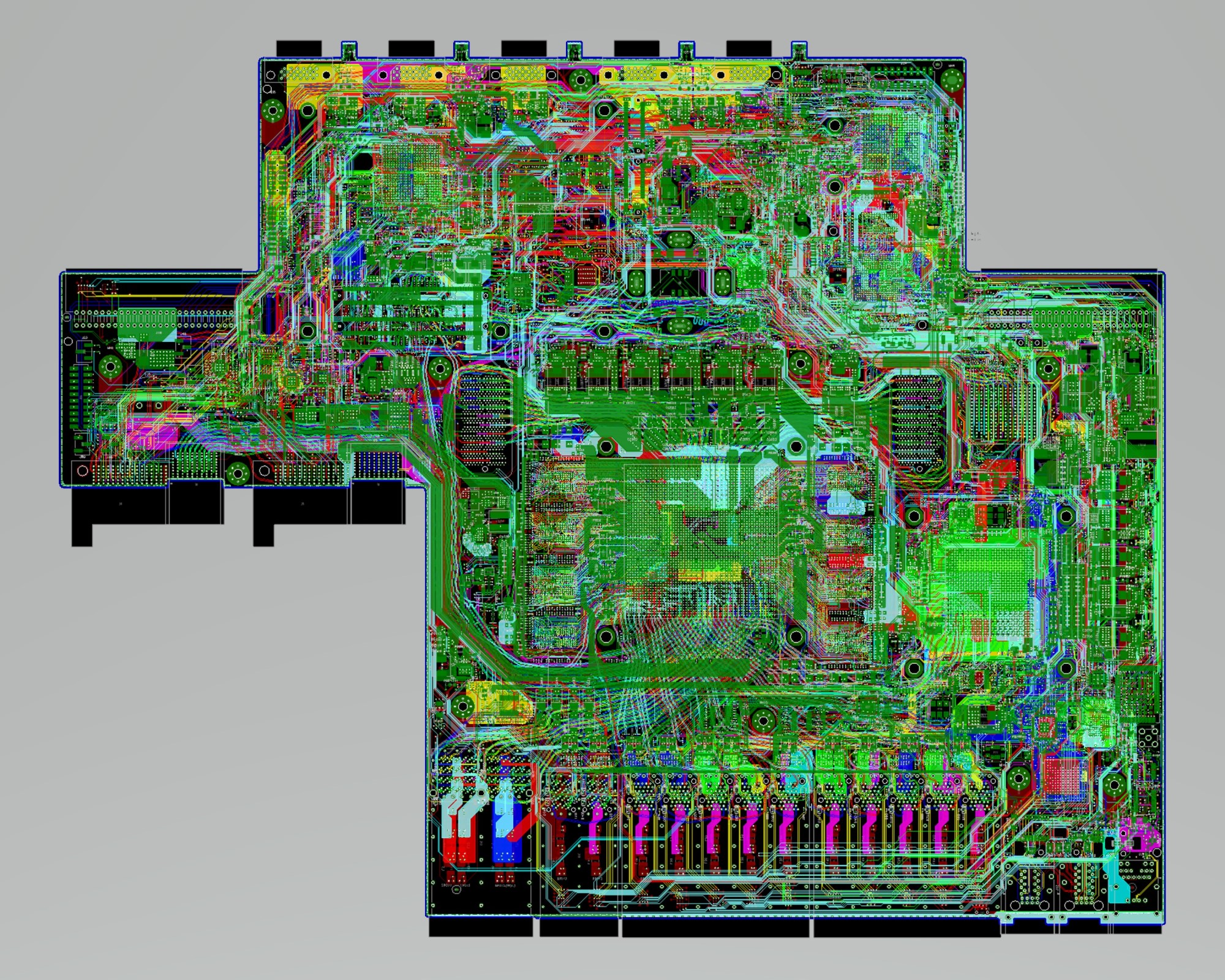What is difference between OEM and EMS?
Introduction to OEM and EMS
Original Equipment Manufacturer (OEM) and Electronics Manufacturing Services (EMS) are two common business models in the electronics manufacturing industry. Understanding the key differences between them is important for companies looking to outsource or offer manufacturing services.
Definition of OEM

An Original Equipment Manufacturer (OEM) designs, builds and sells electronic products or components under its own brand name. For example, Apple is an OEM that designs and sells products like the iPhone and iPad under the Apple brand.
OEMs typically focus on product design, research and development, marketing and sales of their branded products. They may own their own manufacturing facilities or outsource manufacturing to third-party contractors such as EMS providers.
Definition of EMS
An Electronics Manufacturing Services (EMS) provider offers specialized manufacturing services to OEM clients. They assemble and test electronic components and end products based on specifications provided by the OEM client.
EMS providers do not sell products directly under their own brand. Rather, they manufacture products that are sold by OEMs. For example, Foxconn is a large EMS company that manufactures products for Apple and other OEM technology brands.
The main expertise of EMS providers lies in manufacturing processes, supply chain management and quality assurance. This allows OEMs to focus resources on design and innovation of their branded products.
Key Differences between OEM and EMS Business Models
While OEMs and EMS providers play complementary roles, there are some fundamental differences between their business models in areas like product ownership, branding, sales & distribution and manufacturing capabilities
Product Ownership and Sales
| Parameter | OEM | EMS |
|-|-|-|
|Product Ownership|Owns product designs, IPR and branded products|Product designs owned by OEM client|
|Branding|Sell products under own brand name|Anonymously manufacture products for client brands|
|Sales & Distribution|Sells branded products directly to customers or retailers|Does not directly sell products under own brand|
|Revenue Source|Revenue from product sales|Revenue from manufacturing fees|
OEMs invest in building intellectual property, branding and sales channels for promoting their branded products directly to end customers or redistributors.
EMS providers operate behind the scenes with client OEMs owning product designs and brands. EMS revenue comes from high volume manufacturing rather than direct sales.
Manufacturing Responsibilities
| Parameter | OEM | EMS |
|-|-|-|
|Manufacturing Focus|Varies – may self-manufacture or outsource|Expertise lies mainly in manufacturing|
|Facilities|May own product factories fitted for proprietary needs|Generic facilities that can be retooled for different clients|
|Supply chain|Sourcing components tied to proprietary BOMs|Optimize supply chain for cost efficiency across clients|
|Quality Process|Tailored to own product quality needs|Standardized quality process aligned to industry standards |
|Service Offerings|Total end-to-end product delivery including manufacturing| Only focused on manufacturing and test services|
OEMs define unique product specifications like Bill of Materials (BOMs), tooling and quality procedures tailored for individual products. EMS providers leverage standardized processes, supply chains and production facilities that can be adapted to manufacture different products for various clients.
EMS providers also focus on consistent process execution and quality control to meet benchmarks expected from outsourcing partners.
Pros and Cons of Partnering with EMS vs Building In-house Manufacturing
OEM companies looking to manufacture new products need to make a strategic choice on whether to contract an EMS partner or invest in building their own manufacturing facilities:
Pros of using an EMS Provider
Reduced Operating Overheads
Outsourcing to an EMS allows OEMs to convert fixed costs of maintaining production infrastructure to variable costs based on actual manufacturing volumes needed. This gives more operating flexibility to adjust manufacturing scales.
Specialized Expertise and Equipment
By leveraging an EMS partner, OEMs gain access to specialized manufacturing technologies and process expertise difficult to build in-house. The EMS partner also bears the cost of keeping equipment and skills updated.
Faster Speed and Scalability
An EMS with ready infrastructure and supplies can help OEMs quickly ramp up or down production on short notice to adjust to market demand shifts.
Focus on Core Competencies
Relying on an EMS frees up OEM resources to concentrate on technology innovation, product development and brand building rather than manufacturing management.
Pros of Building In-house Manufacturing
Protect Intellectual Property
For highly proprietary product designs, retaining manufacturing in-house helps secure sensitive IP and prevent leaks especially during early-stage R&D and product launches.
Better Control and Visibility
Self-owned factories give OEMs greater oversight into all processes from procurement to final testing for quality control compared to outsourcing. Tighter process monitoring can also facilitate continuous improvement efforts.
Product Roadmap Responsiveness
OEMs with in house manufacturing can implement design or component changes faster without external alignment minimizing time-to-market for future product iterations.
Strategic Investments
For high-volume commodity products, investing in high automation and next-gen capabilities can be a strategic advantage difficult for contract manufacturers to replicate enabling future product innovations.
Choosing between OEM and EMS Partners
OEMs often use a hybrid model blending outsourced manufacturing with tactical in house capabilities giving them production flexibility as product lines evolve. However, the make vs buy decision depends on product and organizational factors discussed below:
Product Volume
Low to medium volume products with fast changing designs are more cost effective to outsource. Commodity high-volume products favor custom in-house automation.
Strategic Value
Retaining proprietary cutting edge process technologies in-house enables sustaining future innovations over outsourcing contracts.
Financial Resources
Building in-house infrastructure requires significant capital investments in equipment, facilities and headcounts limiting affordability for smaller OEM firms.
Internal Expertise
OEMs without specialized equipment and manufacturing process skills find it more practical to leverage an EMS provider’s expertise rather than building from scratch.
Location
Factors like production locality needs, import taxes and proximity to target markets determine if outsourced or localized manufacturing makes better logistics sense.
By weighing the pros and cons across these criteria, OEMs can formulate an optimal manufacturing strategy matching business objectives, product roadmaps and available capabilities.
Trends Reshaping the OEM – EMS Landscape
The interplay between OEMs and EMS providers keeps evolving due to market trends like:
Increase in Contract Manufacturing
More OEMs now embrace outsourcing as manufacturing technologies get more complex and competitive benchmarking rises across industries. Investing in non-core competence areas seems less imperative allowing the specialized EMS segment to grow.

Strategic EMS Partnerships
EMS providers now offer deeper engineering collaboration with OEM partners during product design phases. Some OEMs co-locate product and process development teams from EMS partners to tightly integrate external manufacturing perspectives.
Expansion of Value-Added Services
EMS providers increasingly offer value beyond just manufacturing such as turnkey product testing solutions, repair and return services (RRS), lifetime component maintenance and even technical training. This expands the vendor ecosystem OEMs can leverage.
Focus on Quality
With global competition, product quality consistently ranks as the top outsourcing consideration over just cost savings for OEM firms. EMS vendors now emphasize quality certifications and best practice benchmarks as a key competitive advantage rather than competing purely based on price.
Technology Automation
Automated production technologies like surface mount technology (SMT), 3D Printing, Radio Frequency Identification (RFID) and complex flexible robotics are now readily implemented by EMS providers allowing faster and cheaper high mix output. OEMs can gain access to such agile capabilities without major CAPEX investments.
Conclusion
In conclusion, while OEMs and EMS companies serve distinct roles in the electronics value chain, they need to collaborate as strategic partners leveraging each other’s core strengths rather than being treated as commoditized vendors. As manufacturing technologies get more sophisticated and products become smarter, these symbiotic OEM-EMS relationships will only grow deeper culminating in collaborative ecosystems that jointly fuel innovation for end customers.
Frequently Asked Questions
What are the key factors to evaluate when choosing between an OEM or EMS provider?
Some of the key factors to consider when selecting between an OEM or EMS include:
- Cost – Weigh setup and per unit costs between solutions
- Quality processes – Assess process controls and certifications
- Production capacity – Evaluate speed, scalability, locations
- Technology expertise – Manufacturing equipment and capabilities
- Supply chain access – Sourcing reach and vendor ecosystem
- IP protection – Assess security and confidentiality
OEMs offer integrated solutions while EMS provides flexibility. The decision depends on product strategy, volumes and investment ability.
Should an OEM shift production from in-house to outsourced with an EMS?
Reasons why OEMs may consider moving internal production to an EMS provider include:
- Gain flexibility to adjust manufacturing capacity
- Access specialized technologies and equipment
- Reallocate resources from production management to focus on design differentiation
- Leverage EMS supply chain and component sourcing reach
- Convert high fixed costs to variable per unit contractual costs
However IP protection risks, loss of quality control and long term supplier agreements should be evaluated before outsourcing strategic products.
What recent trends are reshaping the OEM and EMS landscape?
Some key trends include:
- Growth in outsourcing of manufacturing from OEMs to EMS partners
- EMS involvement extending to early product development phases
- Expanding value-added services offered by EMS providers beyond production
- Increased emphasis by EMS providers on quality benchmarks and certifications
- Automation and smarter technologies improving EMS flexibility and capabilities
These trends are aligning OEMs and EMS providers into more collaborative relationshipsupstream through the product lifecycle.
What are some innovations EMS can offer to OEMs today?
EMS providers now offer additional capabilities such as:
- Design for Manufacturing (DFM) guidance during new product development
- Prototyping and New Product Introduction (NPI) services
- Smart manufacturing technologies like IoT, predictive analytics, adaptive robotics
- Automated test, validation and vision inspection platforms
- Reverse logistics and Repair, Refurbish and Return (3R) services
Such offerings allow OEMs to think beyond basic outsourced assembly and treat EMS partners as centers of manufacturing excellence and innovation.
What are the keys to maintaining a successful OEM-EMS partnership long term?
Best practices for an OEM-EMS partnership include:
- Clear contracting on quality metrics, IP protection and reliability requirements
- OEM involvement through program milestones from NPI to ramp up
- Dedicated partnership teams on both sides to manage collaboration
- Co-location and job rotation to align product and process understanding
- Contingency planning and compliance management for continuity assurance
- Regular scorecarding through service level agreements and governance reviews
Joint ownership and open communication channels help sustaintransparent OEM-EMS alignment.




